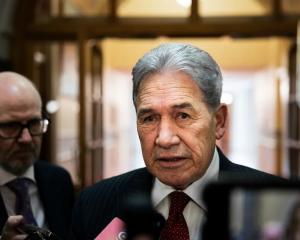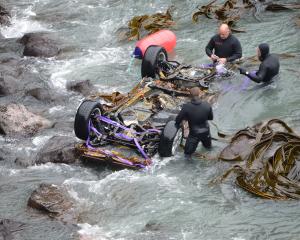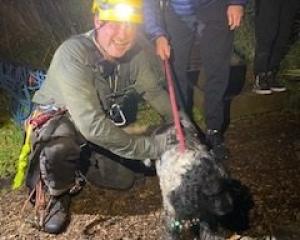Ngāi Tahu has this morning welcomed the signing of a Southland aquaculture agreement with the Government - an action seven years in the making.
Representatives of Hokonui, Waihōpai, Awarua, and Ōraka-Aparima Papatipu Rūnaka, along with Te Ohu Kaimoana chief executive Lisa te Heuheu and Conservation minister Kiritapu Allan, signed the agreement which provides for marine farming off the coast of Rakiura/Stewart Island.

Te Ohu Kaimoana work to advance Māori interests in the marine environment, including customary fisheries, commercial fisheries and aquaculture as well as providing policy and fisheries management advice to iwi and the wider Māori community.
It was explained Ngāi Tahu has been advocating for its rights in the marine aquaculture sector since the 1992 fisheries settlement.
The Māori Commercial Aquaculture Claims Settlement Act was introduced in 2004, and the government has been settling claims since.
It provided for claims to be settled by allocating authorisations for 20 percent of aquaculture management areas (AMAs) to iwi.
The Southland agreement had been under discussion for seven years and provides Ngāi Tahu marine space to develop aquaculture in a 16.6 hectare area.
The iwi will still need to apply for resource consent for any marine farming activity.

“Ngāi Tahu want to be at the forefront of this sustainable and developing industry, as we undertake aquaculture projects which are aligned with our tribal values of rangatiratanga and kaitiakitanga, to help achieve the aspirations of our people.”.
The Government’s vision is for the New Zealand aquaculture industry to grow to $3 billion by 2035.
Tā Tipene felt aquaculture complemented New Zealand’s wild fisheries, and he hoped potential projects, such as offshore salmon, seaweed, or native species farming, will lead to new jobs for Southlanders and others around Aotearoa.
“Aquaculture is a low emission industry which employs more than 3000 people in the regions and generates over $650 million in revenue. This growing industry could help to boost regions grappling with the challenges of Covid-19 and the loss of international tourism.”
He explained how harvesting kaimoana had been a way of life for centuries; stories were passed down from tīpuna (ancestors).
Home to the sea god Tangaroa, Ngāi Tahu used the oceans to reach Aotearoa from Hawaiki, eventually settling in Te Wai Pounamu.
Te Rūnanga o Ngāi Tahu chief executive Arihia Bennett said a tribal aquaculture strategy was being developed to support the iwi to lead and develop marine farming assets and activities throughout Aotearoa, including utilisation of the settlement space in Southland.
She said Papatipu Rūnaka were the anchors at the centre of the regional agreement.
“While the settlement area is a tribal asset, and how it is utilised has yet to be decided by Te Rūnanga, mana whenua will remain at the heart of any decisions about projects to be developed in this space.”
Four other Ministers signed the agreement remotely due to Covid-19 restrictions.













